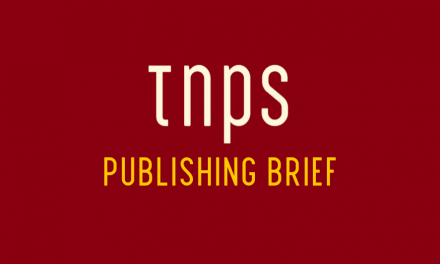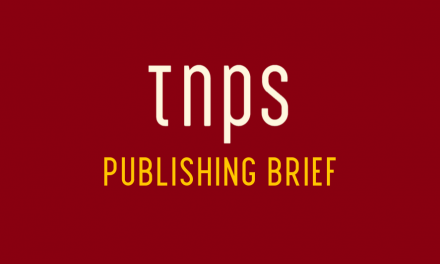Preliminary figures released by the U.S. Census Bureau indicate sales of printed books from physical bookstores “tumbled” (PW) 10.3% in August compared to 2018, with revenue down to $1.23 million, from $1.37 million one year ago.
A 10.3% drop is a “tumble”? It’s interesting how such terms are deployed. If this had been a 10.3% decline in ebooks sales one suspects this would be a ”fall” or even a “precipitous drop.”
The American Booksellers Association reports the news alongside a chart that appears to show a worrying decline in bookstore sales through the year.
But things may not be as bad as a first glance suggests. Bookselling This Week notes.
As of October 10, the year-to-date sales among ABA member stores, as reported to the weekly Indie Bestseller Lists, are down 0.26 percent over 2018. Compound annual growth among ABA member stores is 7.5 percent over the past five years.
But the Publishers Weekly take on this story is worth examining.
Given that August is a big back-to-school month for college students, the figures suggest students are continuing to move away from print materials and purchases in their college stores. This also means the group is continuing to embrace, in growing numbers, digital content.
No evidence is cited by PW to support this perspective, but it’s worth bearing in mind a news report from earlier this year.
Readers shifting to digital education materials may well be a factor in the latest bookstore figures, and so may be readers shifting to digital across the board.
While ebook sales are supposedly heading downwards (due to high prices set by publishers, making ebooks compare unfavourably with print), readers have plenty of other digital options untracked and best left unacknowledged by the ABA.
We might mention here Amazon’s Kindle Unlimited ebook subscription service, which paid out $25.8 million just to self-publishing authors in August, quite apart from payments to regular publishers and APub authors.
And that’s quite apart from all the regular ebook sales on Amazon, Kobo, Nook, Apple and Google Play, and through subscription services like Scribd and mobile reading sites like Wattpad and Dreame. Or digital library reading, which last year amounted to over 274 million downloads just through OverDrive. Or audiobook sales and downloads. Or…
The true scale of digital reading in the US and globally is quite unknown and not easily quantifiable, but we should not let an absence of precise figures detract from its existence and from the impact it must, inevitably, have on regular bookstore sales.






